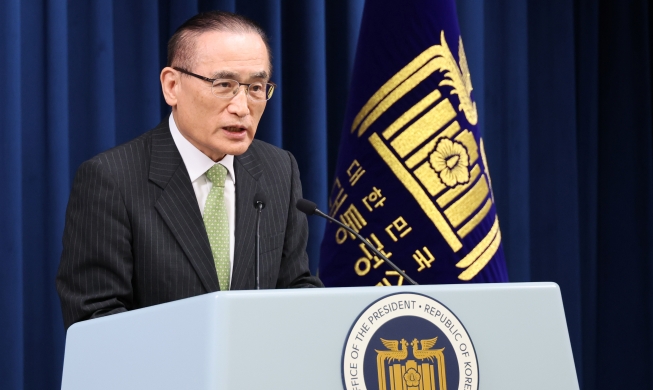- 한국어
- English
- 日本語
- 中文
- العربية
- Español
- Français
- Deutsch
- Pусский
- Tiếng Việt
- Indonesian
By Honorary Reporter Lyuboslava Hristova from Bulgaria
Photos= Embassy of the Republic of Korea in Bulgaria
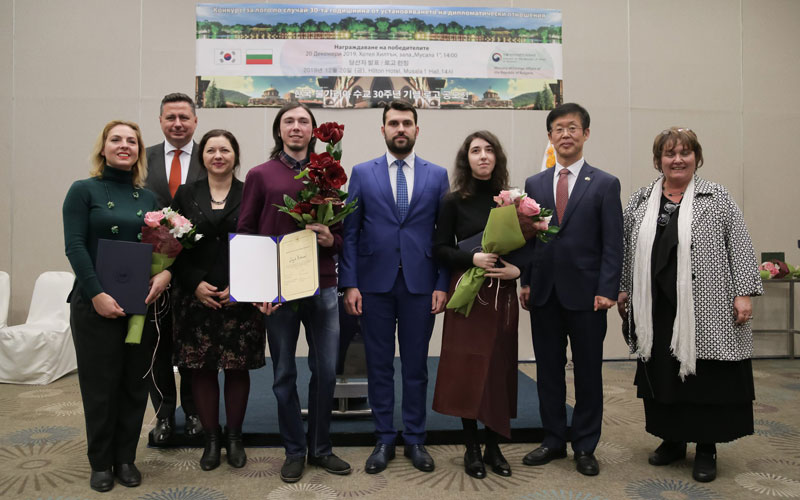
In a first since bilateral relations between Korea and Bulgaria were formed in 1990, Bulgarian Prime Minister Boyko Borissov last year became his nation's first leader to visit Korea. His trip had added meaning since it came ahead of the 30th anniversary of ties between both countries in 2020.
The Bulgarian Embassy in Seoul, with support from the Bulgarian Ministry of Foreign Affairs, on Dec. 20 last year hosted a launching event for a celebratory logo selected in a contest to mark the diplomatic milestone.
The long-awaited results of the contest came at an awards ceremony the same day at the Hilton Hotel in Sofia. In just one month, 195 participants from Bulgaria and Korea submitted their logo designs in the competition. An international jury for reviewing the submissions comprised eight members from each country.

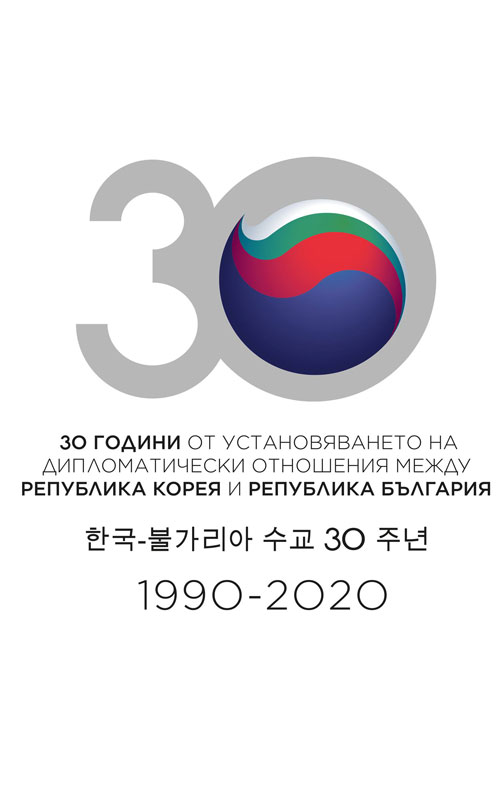
The grand prize went to Ivaylo Todorov, who won a certificate and a voucher worth BGN 5,000 (KRW 3,330,017). Deputy Bulgarian Foreign Minister Georg Georgiev presented the award to Todorov, who said his logo was inspired by the flags of both countries, whose designs he combined to create a new and unique symbol.
Second place was a four-way tie among Diana Shingarova, Georgi Pavlov, Kosara Tomova and Ju Hankyul, each of whom received a certificate and a voucher worth 1,000 BGN (KRW 666,003).
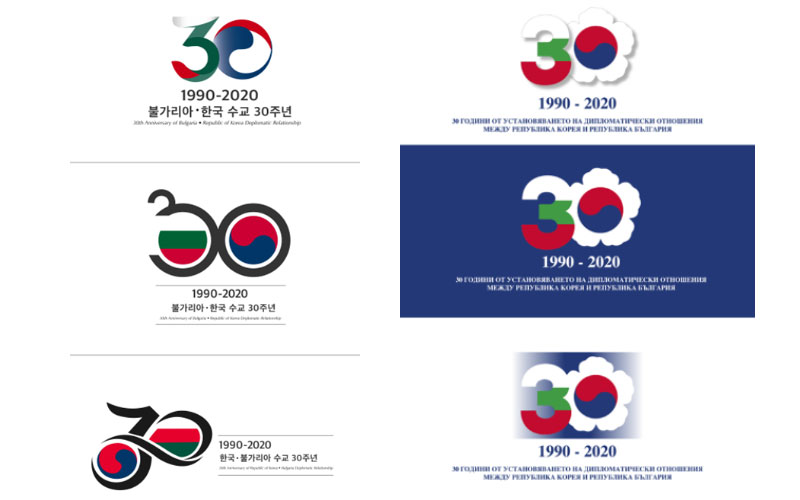
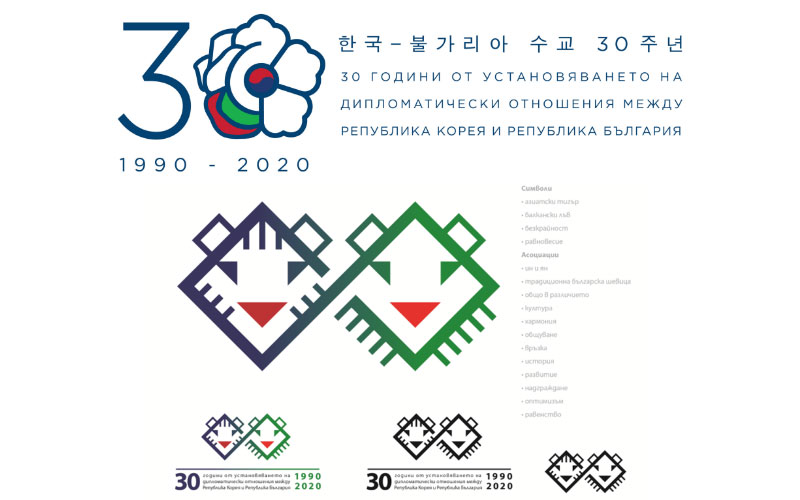
The common motifs among the entries were the flags as well as the roses of the two countries. The colors of the Bulgarian tricolor are traditionally associated with freedom and spirituality symbolized by white, the picturesque nature of Bulgaria by green, and the blood of national heroes and martyrs who sacrificed themselves for their nation by red.
The Korean flag also carries rich symbolism in both the color selection and the trigrams framing the center circle. The white background represents peace and purity, while the blue and red semicircles respectively reflect positive and negative forces in the universe united in harmony and balance under the yin and yang concept. The four trigrams symbolize the natural elements of heaven, the moon, the earth and the sun and signify justice, wisdom, vitality and fertility.
Just as the Bulgarian oil rose is an emblem of Bulgaria, the hibiscus flower, also known as the Korean rose, is recognized as the national flower of Korea. The Korean name for this rose, mugunghwa, means "eternity" or "inexhaustible abundance."
The high interest in the logo competition was also indicative of the enthusiasm and sincere desire of both countries to further advance relations in the years to come. 2020 will also see many celebratory events held in Bulgaria to mark the 30th anniversary of bilateral ties.
chaey0726@korea.kr
*This article is written by a Korea.net Honorary Reporter. Our group of Honorary Reporters are from all around the world, and they share with Korea.net their love and passion for all things Korean.
